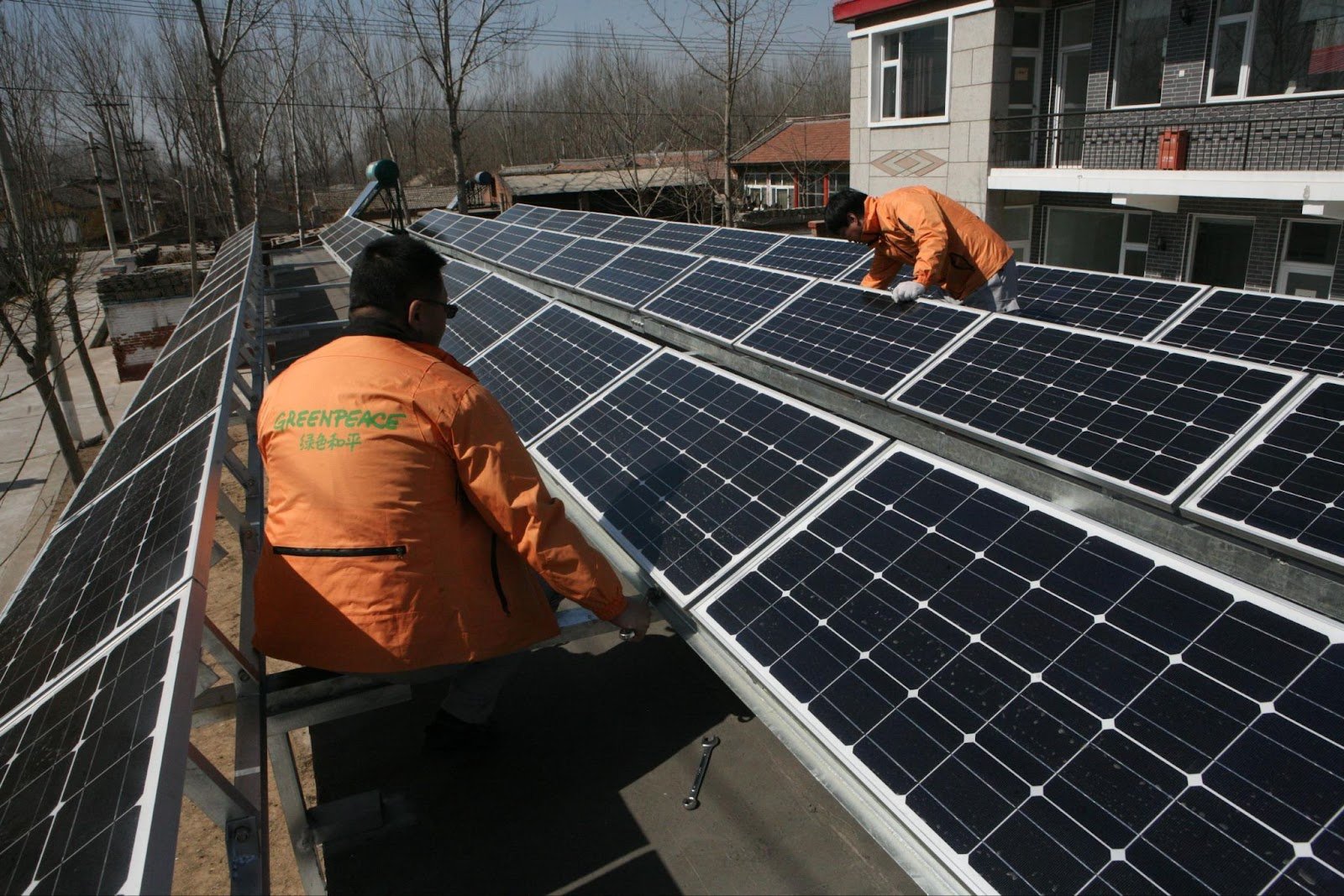BEIJING, 2 August 2021 – A province-by-province analysis of China’s post-COVID economic stimulus done by Greenpeace East Asia shows a widening split between provinces leading in the post-Covid green recovery and those lagging behind, especially coal-dependent provinces, with disparities in the amount of fiscal stimulus package and how they spent aid money.
“While some parts of China are working towards a green and just recovery, others are missing the boat entirely. There are two splits happening. First, certain provinces are performing better in their ability to identify and address COVID-relief gaps with fiscal response. Second, provinces differ in how they utilize the stimulus package. The way local governments are conceptualizing their opportunities to stimulate the economy in a green and sustainable approach is still a big issue.” said Liu Wenjie, a policy analyst of Greenpeace East Asia.
Greenpeace East Asia analyzed local government work reports, regular disclosures, public finance ledgers, and media reports to track how different provinces directed stimulus packages from COVID-relief national bonds, municipal bonds, and tax allowances. Available disclosures showed that about 90% of COVID-relief national bonds went to general infrastructure and 60% of new-added municipal bonds went to “other traditional infrastructure.”¹ Meanwhile, only 15% of new-added municipal bonds went to green, sustainable, or low-carbon projects — including green infrastructure, green transport, and agriculture, forestry, and waterways.
The percentage that did go to green projects was highly-concentrated in a few jurisdictions, particularly Tianjin, Shanghai, and Guizhou. These leaders had better performance across two core indicators: percentage of green municipal bonds out of total municipal bonds and fiscal stimulus as a percentage of provincial GDP. Tianjin invested heavily in ecology, environment, and conservation — almost 50 billion RMB. Meanwhile, Shanghai addressed green transportation. Guizhou directed more than 10% of municipal bonds in agriculture, forest, and water projects. On the other hand, Shanxi and Inner Mongolia — both of which have become highly-dependent on coal mining and energy production — invested extremely little in green projects.
“It’s crucial that local governments see the options on hand. Provinces that have relied on coal are seeing diminishing returns. As their traditional sector shrinks, how are they framing growth? Local governments’ understanding of how to boost the economy, create jobs, and transition development are quite connected. The better they understand one, the better they’re performing on the other,” said Zhang Kai, the deputy program director of Greenpeace East Asia.
For both the central and local governments to better assess the effectiveness of the stimulus in response to Covid-19 and shift towards a green recovery, China’s government needs to establish a green fiscal database and overall increase local governments’ disclosure of fiscal expenditures for such investments on the project level. Economic stimulus measures need to be evaluated post-facto, with impact evaluated on a multi-level sustainability framework for economy, society, and environment on short-, mid-, and long-term benefits of different stimulus profiles.
END
NOTES
- “Other traditional infrastructure” includes municipal construction projects, public housing, neighborhood and infrastructure rehabilitation, public health infrastructure, and poverty eradication-related infrastructure investments, among others. In new-added municipal bond disclosures, this is categorized separately from the transportation and energy sectors. In COVID-relief national bond disclosures, however, these are grouped together as “general infrastructure.”
Full research briefing available here (in Chinese).
Media contacts
August Rick | Greenpeace East Asia, Beijing | [email protected]Greenpeace International
Press Desk, [email protected], phone: +31 (0) 20 718 2470 (available 24 hours)



